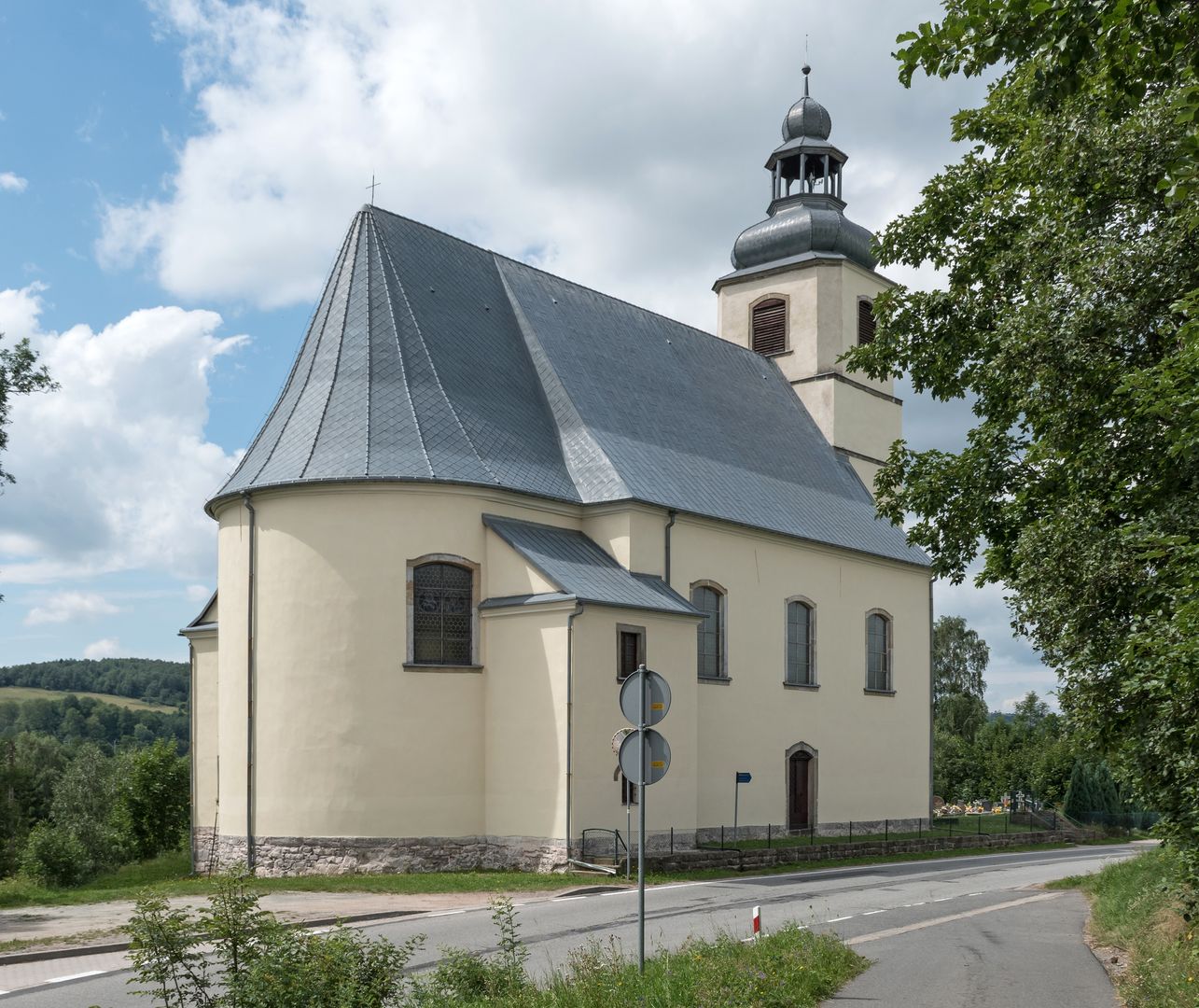Boboszów
6.22

Overview
Boboszów, a village located in the Lower Silesian Voivodeship within the Gmina Międzylesie, boasts a rich history dating back to the Middle Ages. The first mention of the settlement appeared in 1358, when two forge shops already existed, which may be the oldest evidence of iron ore processing in the area. In the 13th century, Boboszów was destroyed during the Hussite Wars and remained uninhabited for a long time. The settlement revived in the 16th century, and thanks to the Ludwig brothers, linen weaving developed, becoming the livelihood of its inhabitants. By the 20th century, the village had gained several inns and guesthouses, linked to the increased border traffic through the Międzylesie Pass. Today, the population has stabilized, and the village serves as an example of preserved rural architecture from the 19th and 20th centuries.
The Church of St. Anne, built in the early 19th century, is one of the few rural structures in the region featuring late Baroque architecture. It boasts a beautiful interior, including an altar with figures of saints and Marian-themed frescoes. Boboszów is also home to an 18th-century statue of St. John of Nepomuk, reflecting the local religious traditions. This statue once provided support to travelers along the historic trade route.
Monuments of material culture, such as the church cemetery with tombstones, a Pietà from 1787, and numerous roadside chapels and crosses, bear witness to local traditions and artistry. A figural group depicting the Crucifixion, a sculpture from the early 19th century, confirms the high level of local sculptural art. Boboszów, with its unspoiled landscape and cultural traditions, continues to attract tourists, including through a hiking trail leading from Międzylesie to the Międzylesie Pass. The village’s full history is inscribed in its architecture and culture, making it an important element of the region’s identity.
Location
2025 Wizytor | All Rights Reserved